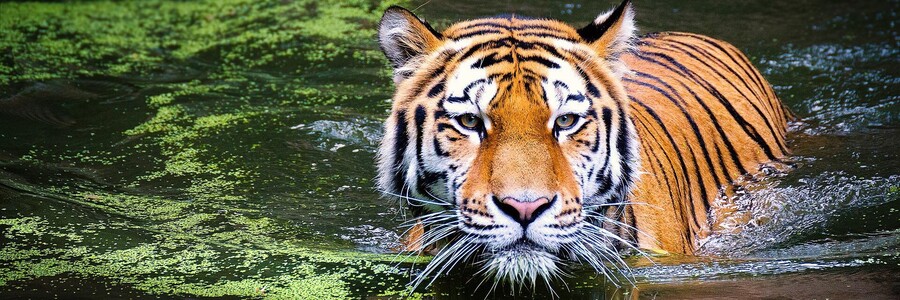The number of threatened species is steadily increasing
With just under 150,000 species observed worldwide, far fewer than previously known, the World Conservation Union's Red List does not claim to provide a complete picture of global biodiversity. Rather, according to the IUCN, the list is a "health check of the planet", provides important indications of what is currently happening to species and is intended to highlight the importance of conservation measures. Since 2006, the number of species threatened with extinction on the list has steadily increased and currently includes more than 40,000 of the listed species. Animal and plant species all over the world are affected.
The reasons for this development are man-made: more than 77 percent of the land area, with the exception of Antarctica, has already been heavily altered by humans. Important natural and living space is being destroyed by deforestation or the expansion of agricultural land, by settlement expansion or urbanisation, by extreme weather associated with climate change or the massive use of pesticides. The IUCN's international Red List also includes 255 species from Germany, for example grey seals, partridges and harbour porpoises.
Species decline also has serious consequences for humankind
Such negative developments with regard to species diversity are also apparent in other scientific publications. In its report on the state of nature, for example, the World Biodiversity Council IPBES assumes that one million species, and thus one in eight of the species discovered so far, could become extinct before the end of this century. The loss of biodiversity is not only due to animals or plants wanting to be prevented. Rather, it also weakens nature's ability to provide services that are essential for survival, such as clean water or food, to reduce and store greenhouse gases through functioning ecosystems, or to protect against the consequences of climate change. In addition to the extinction of species and the overexploitation of oceans, forests and other habitats, the food supply and health of billions of people on earth are also at risk.
Nature conservation is key
To preserve the diversity of nature, more effective protected areas are needed, as are measures to restore ecosystems. Only then can we succeed in preserving the diversity of species on earth and the associated ecosystem services that are so important for us humans and that nature has to offer us.

